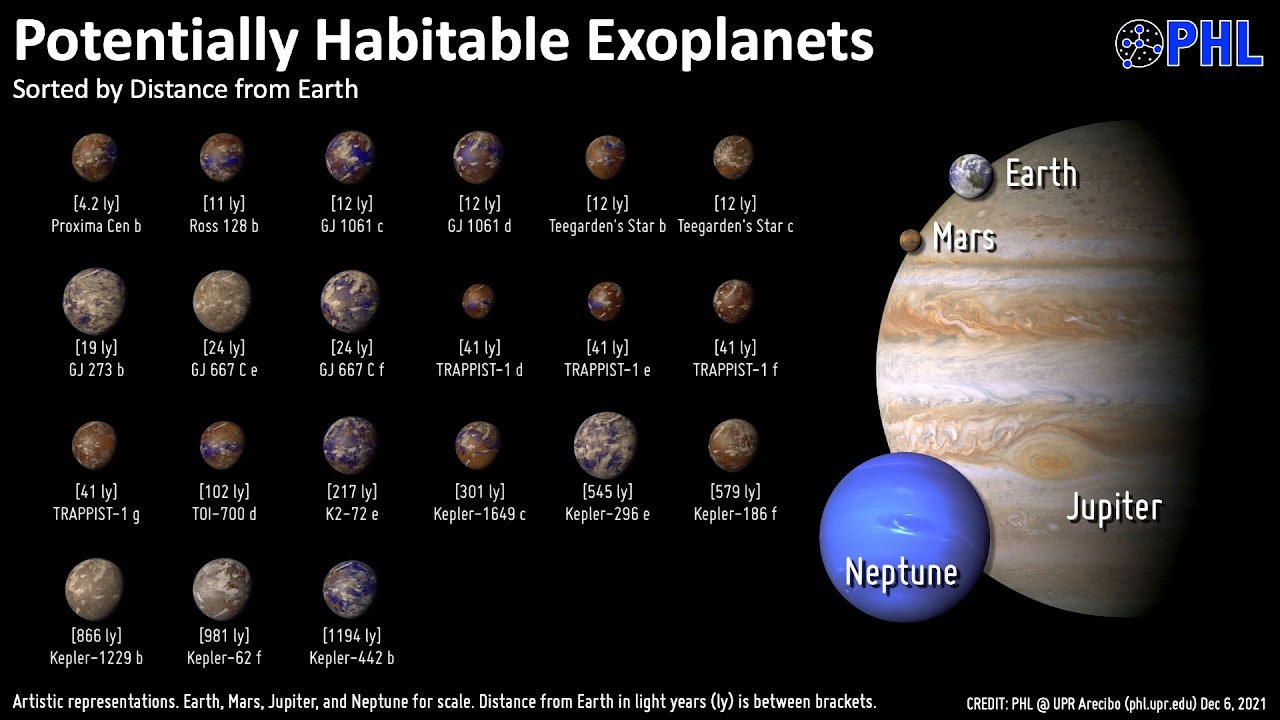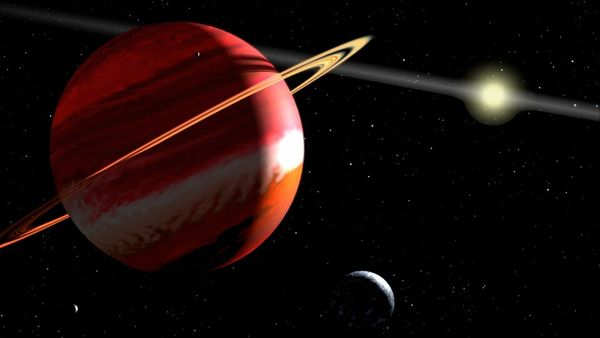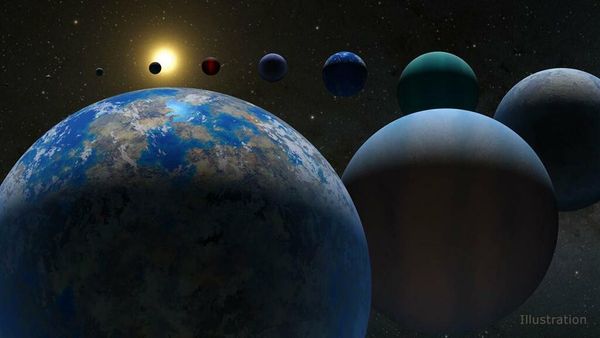
In 1992, after decades of fruitless searching and retracted studies, astronomers discovered the first two exoplanets. They were spotted around an inhospitable pulsar 2,300 light-years away. Now, 30 years later, NASA is announcing a huge milestone: 5,000 planets detected beyond our Solar System.
A new batch of 60 planets discovered by the NASA Exoplanet Archive and an additional five planets from other observatories brings the total tally of planets beyond our little home system to 5,005. NASA’s Exoplanet Exploration page is even celebrating the occasion with a small animation.
“These planets are predominately super-Earth and sub-Neptune planets, bigger than Earth but smaller than Neptune, which means they are a mix of rocky and volatile-rich,” Jessie Christiansen, a member of the TESS team and science lead of the NASA Exoplanet Archive, said in a press statement. “There are also a couple of Jupiter-sized planets and even a super-Jupiter.”
The announcement even comes with an intriguing series of five worlds around the star K2-384. The star is faint and cool and the planets are rocky, drawing comparisons to TRAPPIST-1, perhaps the most exciting star to astronomers in the hunt for life beyond Earth. Only two planets were previously known in the K2-384 system. One of them, K2-384 b, is only slightly larger than Earth. However, it is not listed as a potentially habitable planet currently. A sibling planet, K2-384 f, is twice the radius of Earth. Because of its size and distance from its star, it's an ideal target for astronomers to stare at, as it passes in front of its planet, and attempt to gain insight into what its atmosphere might be made of.
How do astronomers find planets?
In the intervening decades from 1992 when the two pulsar planets were discovered via radio blips, numerous methods of discovery came into their own, helping the tally slowly grow. After astronomers had spent decades looking for planets by searching for minute optical wobbles in stars (the astrometry method), they’d discovered nothing but headaches.
By the 1980s, astronomers were looking for clues in stars’ motions via its light spectra for slight wobbles caused by an orbiting planet — a sort of modified version of astrometry that broke down a star's light instead of its position in space. This method is often referred to as radial velocity. In 1988, the planet Gamma Cephei Ab was discovered via this method, but its discoverers later had to retract their find, and the first planet confirmed by this method — 51 Pegasi b — was announced in 1995. In fact, it was the first planet found orbiting a Sun-like star.
In 1999, astronomers looked at the star HD 209458, known to house one Jupiter-size planet. But rather than break down its spectra, the astronomers were hoping to capture it passing in between its home star and Earth from our vantage point. The experiment was a success, and the method used here — the transit method — exploded in the late 2000s and early 2010s, ratcheting up planets by the thousands.
A handful of other methods are employed by astronomers, including using stars as a giant magnifying glass to show objects behind them and looking for light reflected off a planet by its star. But transit accounts for 76.8 percent of all known exoplanets, with radial velocity a distant second at 18.3 percent, making transit the sort of queen of planet-hunting methods. NASA’s Kepler and TESS missions have tallied up many of these worlds.

While we know of plenty of planets beyond our Solar System, we don’t know that much about them, including details about their atmospheres or if they harbor water, which would open up the possibility for life. Of all those planets, only 21 are in the right place around their star and the right size for life, at least as we know it on Earth. These few planets, neither too hot nor too cold, and probably not too big, are the most prime places to look for life, though a few dozen others have some of the right conditions, if less ideal.
Actually studying these planets has proven difficult, but the recently-launched James Webb Space Telescope (JWST) will be able to watch some of these planets pass in front of their stars and reveal the presence of atmospheres, characterizing some of them for the first time in ways that stretched the limits of Hubble previously. A few systems — like TRAPPIST-1’s seven planets — are high-priority JWST targets.
The discovery of these new worlds also brings with it a startling statistic.
“Of the 5,000 exoplanets known, 4,900 are located within a few thousand light-years of us,” Christiansen said. “And think about the fact that we're 30,000 light-years from the center of the galaxy; if you extrapolate from the little bubble around us, that means there are many more planets in our galaxy we haven't found yet, as many as 100 billion to 200 billion. It's mind-blowing.”
Someday, 5,005 will seem like a quaint number. But for today, it’s a cause for celebration.










